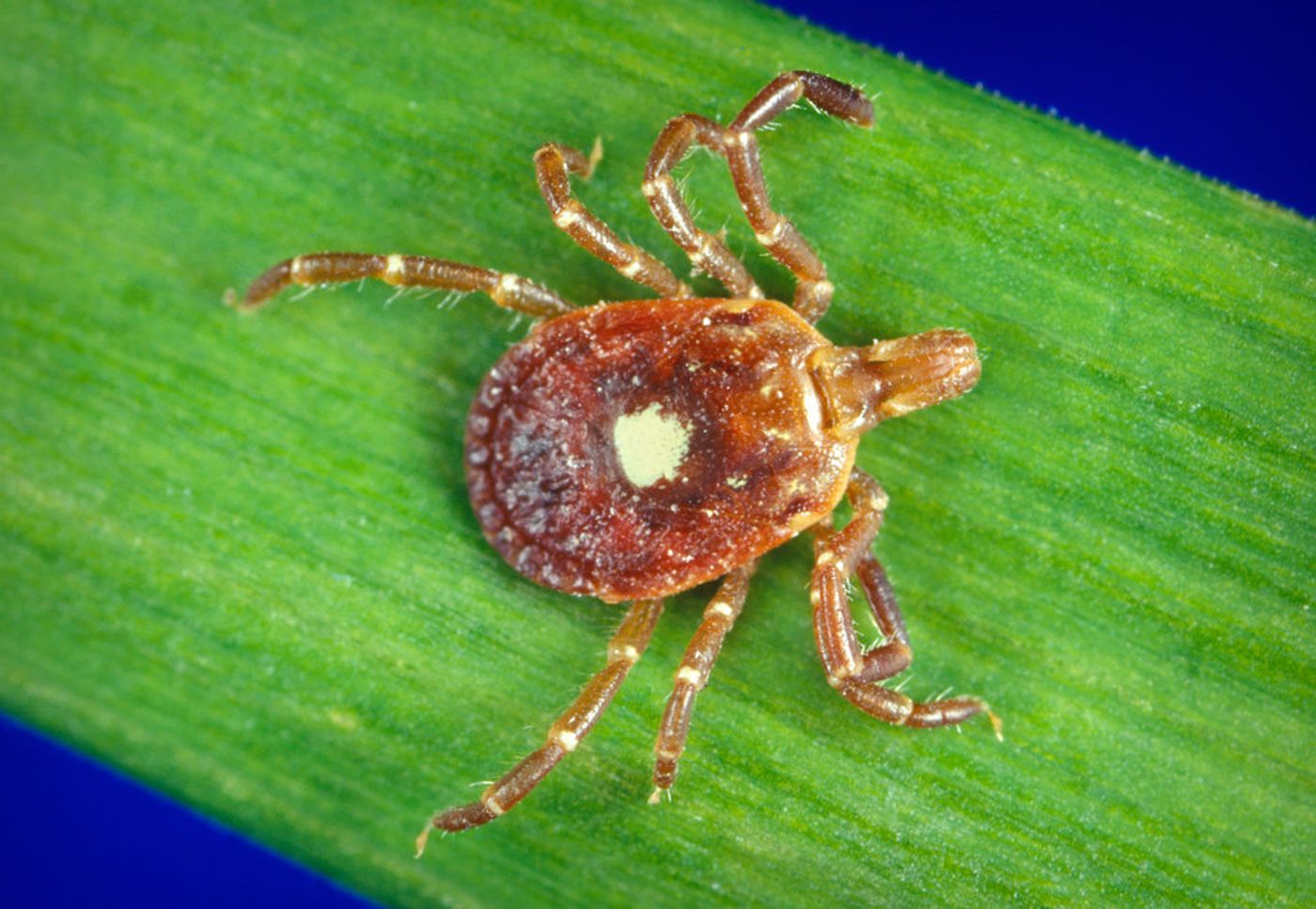Lone Star Ticks are Spreading, Bringing Rare Meat Allergy Along
The habitat of the lone star tick has been spreading further north, and as it moves, it brings a rare meat allergy with it. As regions go through a shift in normal temperatures because of climate change, it has allowed organisms to move into new geographical areas, sometimes causing serious problems. This allergy increase could be a symptom of that change, or it may be a part of the rise in allergies that society is experiencing.
Whatever the case may be, when a tick has bitten an animal, such as a cow, it then carries along a sugar molecule called galactose-alpha-1, 3-galactose or Alpha-Gal for short. If that tick then bites a person, the person’s immune system can develop antibodies against the Alpha-Gal. Then if they eat meat, a serious reaction can occur. Check out the video above from Mayo Clinic to learn more.
Cosby Stone, an allergy and immunology fellow at Vanderbilt University, set the stage. "You're walking through the woods, and that tick has had a meal of cow blood or mammal blood. The tick, carrying Alpha-Gal, bites you and activates your allergy immune system."
Meat contains quite a bit of Alpha-Gal and is sometimes in medications that use gelatin as part of their ingredients. After newly-allergic individuals eat meat, it takes some time, but physiological problems begin.
"There's a time delay in the reaction," explained Stone, which is likely why some people don't know what’s happening. "It [Alpha-Gal] has to first travel through your gastrointestinal tract to be released. Hours later, patients wake up with hives, shortness of breath, vomiting, and diarrhea."
It can take multiple exposures to meat before people being to make the connection between it and the illness. Repeated exposures to an allergen can also cause an allergic reaction to get worse each time progressively.
"Some patients have had to be given life support because their blood pressure is so low that they're in imminent danger of dying," said Stone, who has experience treating patients suffering from it.
This allergy is rare, and not much is known about it. Nor is much data available on how many people are affected and how fast the rate is rising. But Stone thinks it’s increasing.
"Five years ago, we probably had about 50 or so patients that had Alpha-Gal [syndrome]. Now we have about 200," noted Stone. "The awareness of Alpha-Gal has grown. It's also possible that because allergies, in general, are going up, reactions to Alpha-Gal are increasing."
Stone recommends taking the usual precautions to avoid tick bites, something we should all be doing anyway. Wearing treated clothing, using insect repellant, avoiding high grass and checking oneself after spending time outdoors can help cut down on the chances you’ll be infected.
Source: National Geographic









